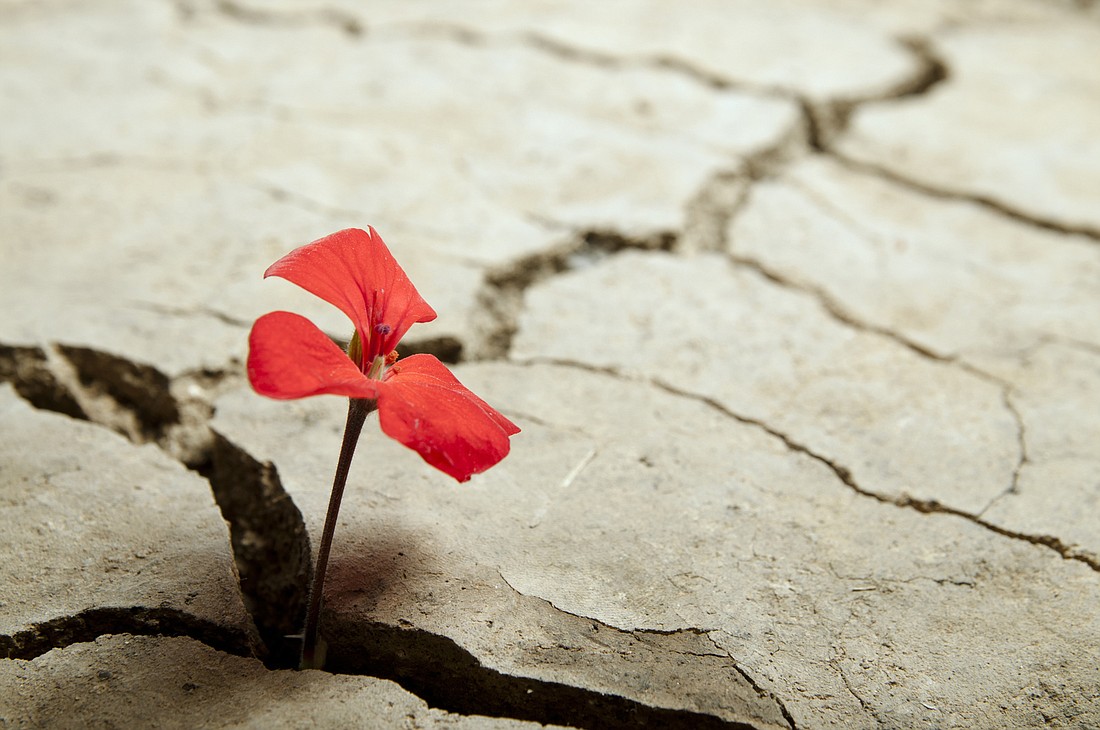- December 26, 2024
-
-
Loading

Loading

The past year has hardly been a stroll through the park. It’s quite difficult to accurately grasp the many degrees of suffering that millions of people — worldwide — have experienced. That suffering has been physical, emotional, economic, a roller coaster through the human condition. Now, at least in this country, when we are seemingly swimming in vaccine and venturing out into something approximating a new normal, we’re faced with countless recollections and analyses of what has occurred. And the word “resilience” keeps popping up like a whack-a-mole. I’ve seen so many quotes about resilience: “A good half of the art of living is resilience.” For example, that I determined a deep dive was needed into this suddenly crucial characteristic.
The first thing I learned is that resilience, literally defined as the art of bouncing back, is not something we have in our DNA. You aren’t born with it. It’s not an aspect of being a glass half-full kinda person. It’s a quality that you develop over time. My first stop in learning more about this quality was with Daniel Goleman, the author and sometimes professor who’s perhaps best known for his breakthrough work on emotional intelligence back in the 1990s.
In a Harvard Business Review article, Goleman succinctly posits that building resilience is a matter of retraining the brain. As he explains it, when something upsets us, our fight or flight response, which is honed over millennia (think running from saber tooth tigers) literally hijacks our executive centers in the brain. Those executive centers are in the front of the brain, the prefrontal cortex, and they function as a high level control center, coordinating your abilities and behaviors. When they get hijacked, there are a long list of possible responses. For example, you lose your perspective on a situation. There is little acceptance of reality. You may feel like a victim. We struggle to find comfort or to restore a sense of balance. And, according to Goleman and many other scientists studying this, resilience is really about how quickly we recover — or bounce back — from this hijacking. It is all about retraining the brain.
On my quest for getting a handle on resilience, I spotted a webinar available through Stanford University. I signed up. And so did 3,000 other people, indicative of the high level of interest in this subject as our lecturer Antoine de Morrees, Ph.D. in Neurological Sciences at Stanford, told us in the introduction.
Morrees likened the capacity to recover from stressors as a sort of physical process, yet it’s a process that takes place in the brain, which the brain is not necessarily designed to do.
The pandemic has been a constant flow of stressful elements. And no one really is taught how to deal with stress. In our mind, we end up ruminating about all of the stress, which prevents bouncing back or resilience. Morrees also advocates a type of rewiring the brain to enhance a quicker recovery and indeed, creating new neural pathways to help us restore balance. He advocates practicing resilience by disconnecting the rumination through a meditation practice that creates a comforting place in the brain. The more you imagine or meditate to the comfort zone or happy place, the faster you create a new neural pathway to disconnect the rumination which continues the stress, preventing resilience. In the webinar, all 3,000 of us were led to our happy place and it was very comforting. And, a lot healthier than a bag of chips.
Other research has examined mindfulness as a method to rewire the brain and enhance resiliency. In a study supervised by Jon Kabat-Zinn through the University of Massachusetts, employees at a biotech company that reported high levels of employee stress were taught mindfulness techniques and meditated using them 30 minutes a day for 8 weeks. The stress levels of the employees dropped significantly and they reported a high level of feeling resilient and in balance. Many even reported that they remembered what they originally loved about their work.
At the core of mindfulness is training the brain to register anything happening in the present moment without reacting to it. In other words, no hijacking, just an observation. Goleman offers these simple instructions:
Kristine Nickel is a marketing communications consultant and former marketing and public relations executive. For more than 30 years, she has relieved her stress by writing features for publications across the country.